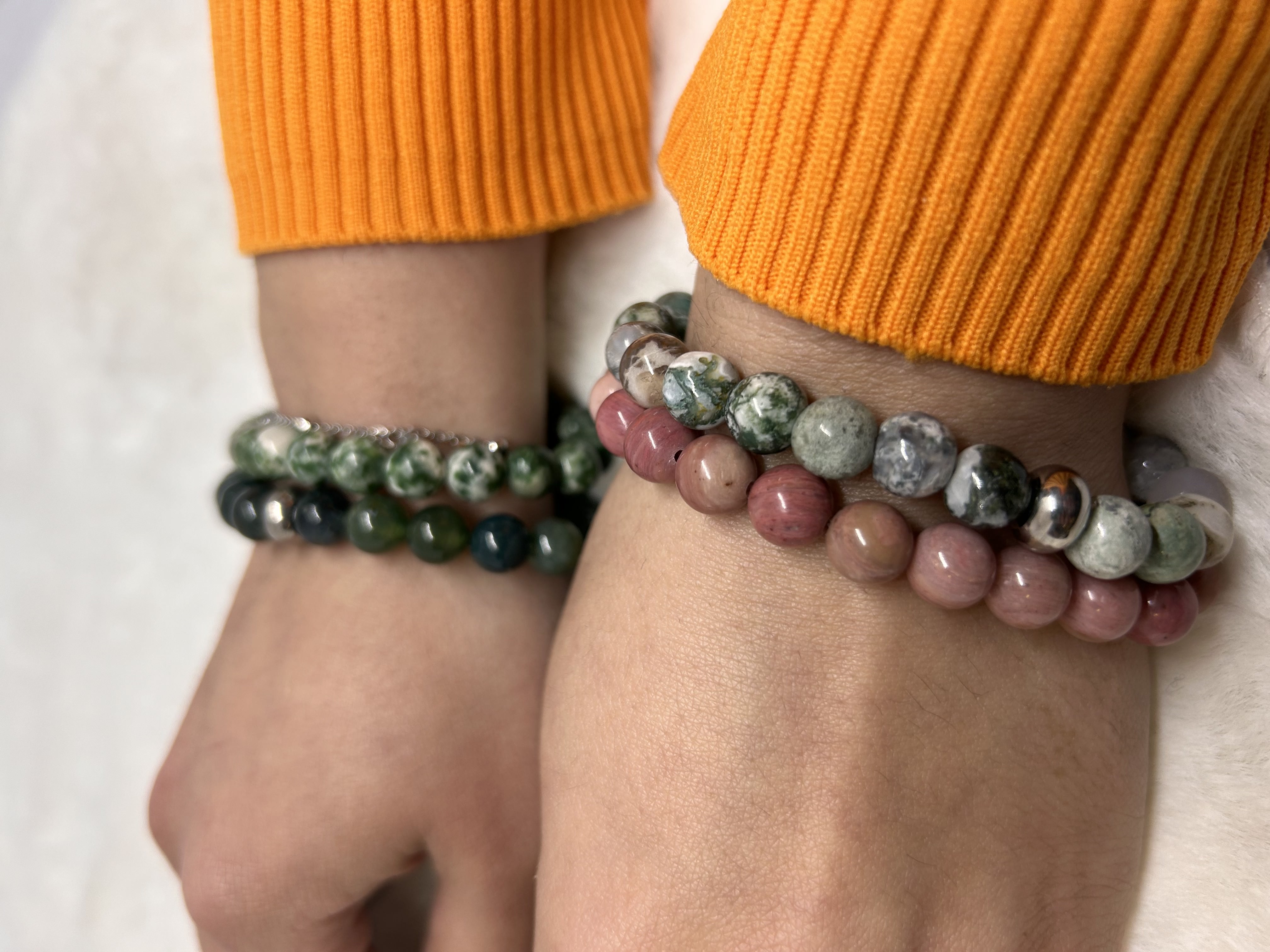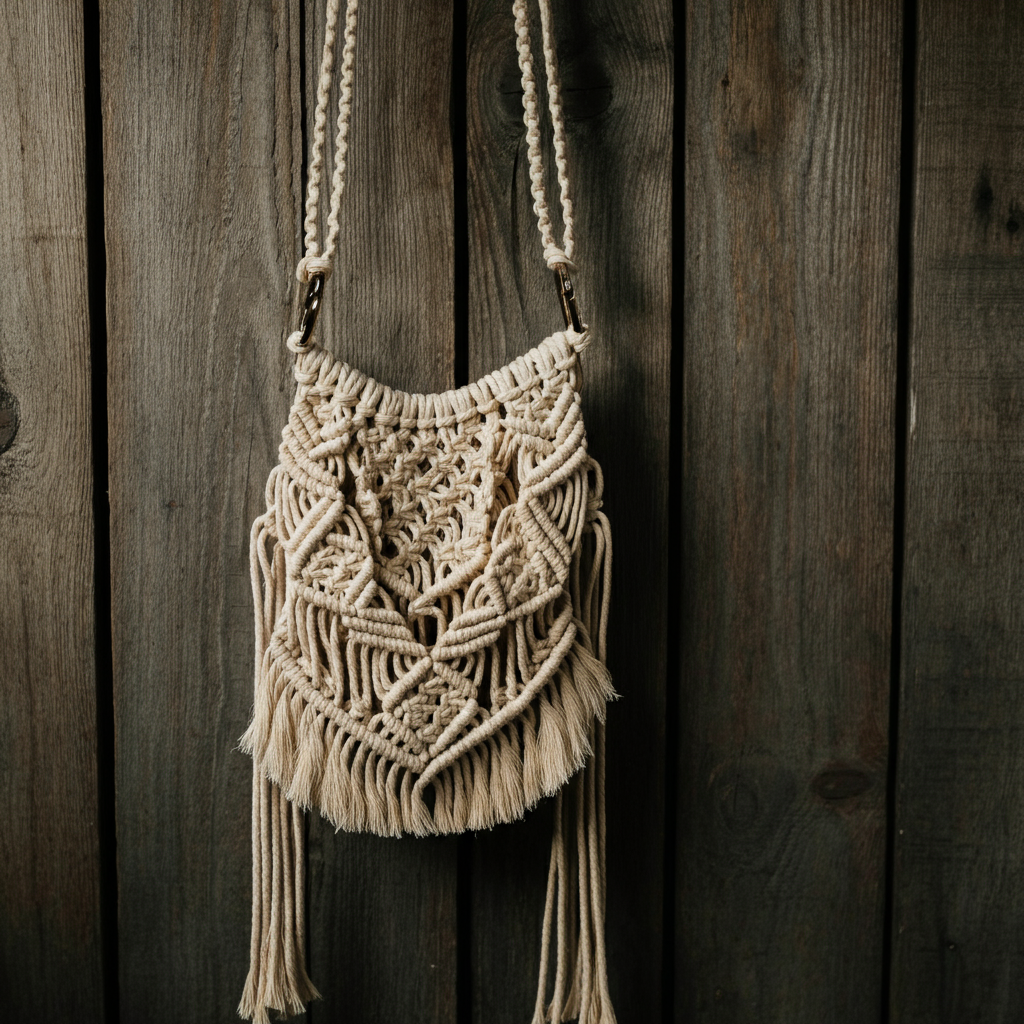In the realm of luxury and adornment, nothing shimmers quite like the story of precious stones. These lustrous gems are pivotal in the world of jewelry, carrying weighty historical significance from the deep-shrouded epochs of antiquity. But their value is so much more than monetary; they are imbued with cultural symbolism that spans civilizations. As we explore the encrusted tapestry that is the story of precious stones, we come to understand that each gem is not merely a pretty bauble; it's a relic of our human journey, a gemstone with a tale as rich as the earth it was born from.
Historical Significance of Precious Stones
From the regal tapestries of the Egyptian pharaohs to the delicate trinkets of the Mughal rulers, precious stones have been treasured by societies throughout time as symbols of power, purity, and prosperity. The red flashes of rubies were believed to protect warriors in medieval Europe, while the sapphire's celestial blue was thought to attract divine favor in Asia. These cultural meanings have wielded profound influence and continue to do so in contemporary settings.
Ancient Civilizations and Their Use of Precious Stones
The love affair between humans and gemstones dates back to the dawn of civilization. The Sumerians, who perhaps appreciated the subtle allure of lapis lazuli, the ancient Egyptians who adorned everything from pyramids to peasants with it, and the Indus Valley dwellers who extracted and fashioned a variety of gems, all placed immense value on gemstones. Their work lives on in meticulously preserved jewelry and artifacts, echoing the undying appreciation for these natural wonders.
Symbolism and Cultural Meanings Attached to Different Stones
The wearing and giving of jewelry embedded with precious stones is a ritual that transcends time and place. In ancient Rome, the opal was believed to symbolize hope and purity, while during the Middle Ages, it became associated with misfortune. Similarly, the jade of East Asia was a symbol of status and spirituality, with each imperial court developing distinct preferences for color and clarity. These cultural nuances continue to enchant and guide the selection and appreciation of precious stones today, evoking a sense of connection to our storied past.
Formation and Characteristics of Precious Stones
Understanding the allure of precious stones begins with the very earth that births them. These gemstones are forged from elemental crucibles, enduring intense heat and pressure over millennia.
Natural Processes that Create Precious Stones
Diamonds, for instance, form deep beneath the Earth's mantle, where carbon is transformed into crystal lattice structures under enormous pressure. Rubies and sapphires are varieties of the mineral corundum, which, under different environmental conditions, yield their characteristic colors. The passage from mineral to gemstone is a poetic metamorphosis that underscores their rarity and beauty.
Factors that Determine Their Quality and Value
The 'Four Cs'—color, clarity, cut, and carat weight—are the benchmark for assessing a precious stone's quality and, by extension, its value. Natural imperfections known as inclusions or blemishes can affect a stone's brilliance, as can its color saturation and hue. The intricacies of the cut, such as the number and alignment of facets, are crucial in how a stone interacts with light, displaying its unique play and dispersion.
Types of Precious Stones
So let us turn to these celestial fragments, each with its saga and significance. From the eternal diamond to the heartful ruby, from the steadfast sapphire to the verdant emerald, we delve into the essence of these precious stones.
Diamonds: A Comprehensive Exploration of their Origin, Properties, and Symbolism
Diamonds, oh how fascinating they are! These wholesale precious stones, known for their exceptional hardness, have captivated human hearts for centuries. But what makes diamonds so special? Let's dive into their story and discover the enchanting world hidden within these magnificent gems.
Originating deep within the Earth, diamonds are formed under immense pressure and heat. Over millions of years, carbon atoms arrange themselves in a unique crystal structure, resulting in the creation of these extraordinary gemstones. It is through the powerful forces of volcanic eruptions that diamonds are propelled to the Earth's surface, ready to be unearthed and cherished by humanity.
One cannot underestimate the allure of diamonds. Their brilliance, often described as the dispersion of light, is truly mesmerizing. As light enters a diamond, it undergoes a magical transformation, bouncing off its facets and creating a dazzling display of colors. This phenomenon, known as fire, adds to the diamond's undeniable charm.
Beyond their physical properties, diamonds hold profound symbolism. They have become synonymous with eternal love and clarity, representing the unbreakable bond shared between two souls. It is no wonder that diamonds have become the ultimate symbol of commitment, adorning engagement rings and expressing heartfelt emotions.
Now, let's shift our attention to another captivating gemstone: rubies.
Rubies, steeped in history and brimming with remarkable characteristics, have a long-standing association with passion and protection. The name "ruby" derives from the Latin word "ruber," meaning red, which perfectly encapsulates the intense hue of this gemstone. Throughout the ages, the fiery red color of rubies has been linked to an inner flame, a vibrant energy that has attracted kings, queens, and aristocrats throughout time.
Imagine the allure of a ruby, its rich color reflecting a deep and burning flame within. It is this inner fire that has captivated the hearts of many, evoking feelings of desire and fascination. The mesmerizing depths of a ruby have become a source of inspiration for countless pieces of jewelry, embodying the intensity and power of love.
Rubies have not only been celebrated for their beauty but also revered for their supposed mystical powers. In ancient times, these gemstones were considered the harbinger of peace and health, with warriors from various cultures embedding rubies in their armor for protection in battle. Such was the belief in their power that people thought they glowed from within, signaling impending danger or misfortune. In Burmese traditions, possessing a ruby was thought to bestow invincibility. Consequently, these stones were more than adornments; they symbolized safety and courage - a tradition that starkly contrasts with the modern view of rubies as a representation of love and passion.
Moving on, let's explore the captivating world of sapphires.
Sapphires, known for their velvety blue tones, are undoubtedly captivating Natural gemstones. However, it's important to note that sapphires come in a wide array of colors, except for red. Interestingly, when a corundum crystal exhibits a rich red hue, it is classified as a ruby. This distinction is crucial, as rubies and sapphires share a common origin but possess distinct shades that set them apart.
One particularly famous sapphire, often referred to as the "Star of India," has a mesmerizing blue hue that has enchanted many. This colossal gemstone, with its multi-rayed surface, holds a mysterious allure that captures the imagination. It serves as a testament to the extraordinary beauty and wonder that sapphires possess.
As we delve deeper into the lore of Emeralds, we find a stone wrapped in myth and shrouded in the mists of antiquity. These gems have been revered since ancient times, often associated with fertility, immortality, and wisdom. The Incas and Aztecs, in particular, considered emeralds to be holy stones, deeply connected to the rhythms of the Earth and the pantheon of their gods.
In terms of quality, emeralds are graded by their color, clarity, cut, and carat, similar to other precious stones. Yet, unlike diamonds, the presence of inclusions, or the 'jardin', is often tolerated, lending each stone a unique fingerprint. High quality emeralds are known for their vivid and even coloration, with a saturation that is evenly distributed across the stone. An even, rich green without overtones of other colors is most prized, signaling a premium gem of exceptional pedigree.
From Cleopatra's famed infatuation with these green jewels to their prominent role in the Crown Jewels of many nations, emeralds continue to be symbolic of opulence and prestige. Their enchanting green fire whispers tales of empires and legends, of the earth's boundless creative force—a narrative that has secured them a timeless place in the pantheon of precious gemstones.
Aquamarines are yet another treasure from the bountiful chest of Mother Earth, resonating with the soothing essence of the ocean's expanse. The name 'aquamarine' is derived from the Latin words "aqua marina," meaning "water of the sea," which mirrors its captivating range of blue to bluish-green hues, reminiscent of tranquil sea waters. This gemstone belongs to the beryl family, related closely to the emerald, yet distinguished by its unique color spectrum and clarity.
The beauty of aquamarines lies in their clarity and large size, which allows for intricate and substantial cuts. Aquamarines have been sought after for centuries, fashioned into a myriad of shapes that highlight their water-like characteristics; it is their ability to reflect light in a soft, diffused manner that creates their signature appearance of calm depths.
Aquamarine is also linked with folklore and legend, often associated with the soothing powers of the sea. Sailors of olden times would carry aquamarine talismans, engraved with the likeness of Neptune, to invoke protection during voyages and to calm waves. It continues to represent a sense of safety and tranquility, making it a popular choice for those seeking a talisman of courage and a clear mind.
ones, the quality of an aquamarine is judged by the Four Cs, but color is especially crucial. The most valuable specimens exhibit a deeply saturated blue, often with a subtle greenish tone. Though heat treatment is commonly used to enhance the color of paler stones, naturally vibrant aquamarines are the most coveted.
Other precious stones
Beyond the traditional favorites, a myriad of other precious stones beguile collectors and enthusiasts alike. Opals, for instance, showcase a kaleidoscope of colors, with their unique play-of-color displaying fiery oranges, electric blues, and vibrant greens. This phenomenon is caused by the diffraction of light, as it interacts with the silica spheres within the structure of opal.
Then we have topaz, a gemstone that offers an impressive spectrum of colors, from warm yellows to crisp, cool blues. It's often associated with loyalty and affection, making it another gem fit for manifesting sentiments.
Amethyst, with its regal purple hues, carries a history steeped in mythical lore. Once as valuable as ruby and emerald, it is believed to promote clarity of mind and protection from inebriation.
Each of these stones, with their distinctive colors and meanings, continues the enchanting narrative of precious gemstones, weaving together nature's artistry with human fascination.
Famous Precious Stones and their Stories
Luminous in the limelight or steeped in shadow, there are certain gemstones that have become the interwoven threads of jewelry's most splendid sagas.
The Hope Diamond: History and Legends
The Hope Diamond is one of the most famous—and notorious—diamonds in the world. Its deep blue color and rumored curse have captivated generations. From King Louis XIV to Marie Antoinette, the diamond's journey through history is a tale of opulence and intrigue.
The Cullinan Diamond: Discovery and Cutting
Weighing in at over 3,000 carats, the Cullinan Diamond was the largest gem-quality rough diamond ever found. Its subsequent division and the cutting of nine principal gems, including the Great Star of Africa, are feats of man's ingenuity complementing nature's spectacle.
The Star of India: Mysteries and Adventures
This star sapphire, encased in a beautiful and mystical star sapphire, invokes the exoticism of a vanished era. Stolen from the American Museum of Natural History and recovered under the most cinematic of circumstances, the Star of India's story is a blend of legend and daring guts.
Precious Stones in Modern Jewelry
In the modern zeitgeist, precious stones retain their status as beacons of taste and luxury, each gem reviving its ancient resonance in new, expressive, and sometimes provocative jewelry designs.
Popular Trends and Designs Incorporating Precious Stones
The enduring fascination with vintage and antique jewelry, often featuring elaborate stone settings, continues to influence contemporary designs. Today's jewelry enthusiasts often seek to blur the line between statement and storytelling, layering pieces with personal meaning and a link to the past.
How Jewelry Brands and Designers Use Symbolism and Storytelling
Jewelry designers and brands are keenly aware of the narrative potential of precious stone bracelets, often incorporating them into collections with overarching themes that resonate with societal values or personal expression. Balancing the timeless allure of the stones with modern aesthetic sensibilities is a delicate art, one that aims to inspire the collector and appeal to the connoisseur.
Conclusion
The tale of precious stones is one of the earth, of epochs, and of our collective aesthetic evolution. As we weave our way through the shimmering legacy of gemstones, we come to a profound realization: in the rich tapestry of human endeavor, nothing quite illuminates the narrative of our past like the jewel in our heritage. For the jewelry collector, the brand, and the designer, the exploration of this story is critical. It serves as a blueprint for design innovation, a guide for cultural appreciation, and an intimate connection to the intangible charm of the past. We conclude not merely with a glossary of gems but with an invitation to savor the cascade of narratives that each stone's sparkle casts upon the walls of our collective memory.




